/bismuth-metal-elementary-hopper-crystals-step-lattice-formation-130890310-575c9b313df78c98dc85e109.jpg)
Metal Crystals Photo Gallery
Diamond is known to be the hardest substance. The bond formed between a cation and anion is ionic. Examples are Nacl and kcl. Molecular crystals having dipole interaction, vanderwaal forces etc. examples are water and argon. Metallic bond containing crystals are known as metallic crystals.

INCLUSIONS A DEEP LOOK INSIDE NATURAL AND LAB GROWN DIAMOND CHARACTERISTICS GSI Gemological
Metallic crystal - Metallic crystals consist of metal cations surrounded by a "sea" of mobile valence electrons (see figure below). These electrons, also referred to as delocalized electrons, do not belong to any one atom, but are capable of moving through the entire crystal.. Diamond is a network solid and consists of carbon atoms.

Diamond Metallic Synergy Thermal Foils
Learning Objectives By the end of this section, you will be able to: Define and describe the bonding and properties of ionic, molecular, metallic, and covalent network crystalline solids Describe the main types of crystalline solids: ionic solids, metallic solids, covalent network solids, and molecular solids

Shining diamond metallic texture Nature Stock Photos Creative Market
Crystal structures. Most metals and alloys crystallize in one of three very common structures: body-centered cubic (bcc), hexagonal close packed (hcp), or cubic close packed (ccp, also called face centered cubic, fcc). In all three structures the coordination number of the metal atoms (i.e., the number of equidistant nearest neighbors) is.
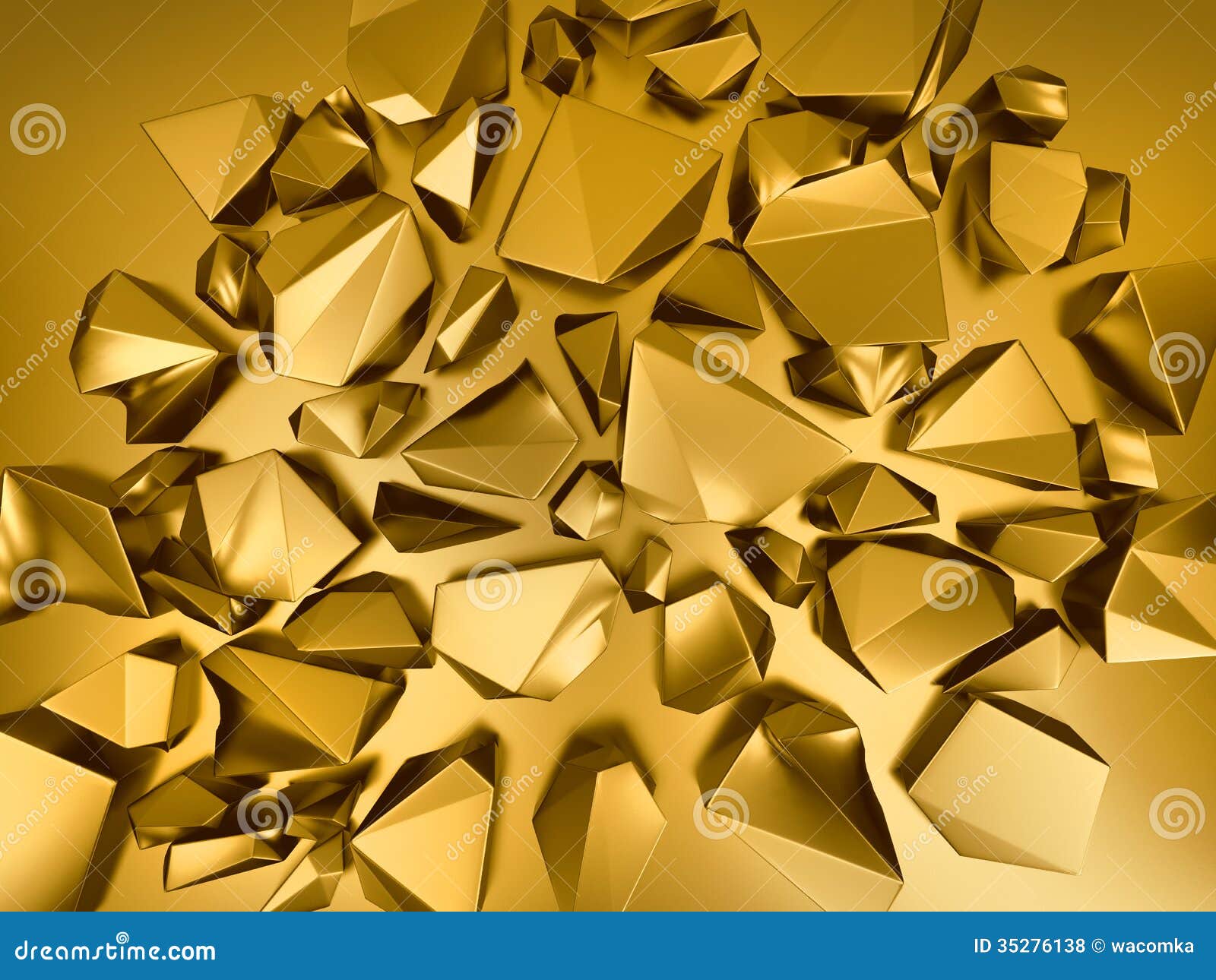
Abstract 3d Gold Metallic Crystals Background Stock Illustration Illustration of clipart
As covalent bonds are directional, unlike metallic or ionic bonds, this places additional constraints on the arrangements of atoms within such a crystal. One result is that covalent structures tend to be more open, and hence have lower densities than do metallic or ionic structures. Diamond is an example of a covalently bonded solid.
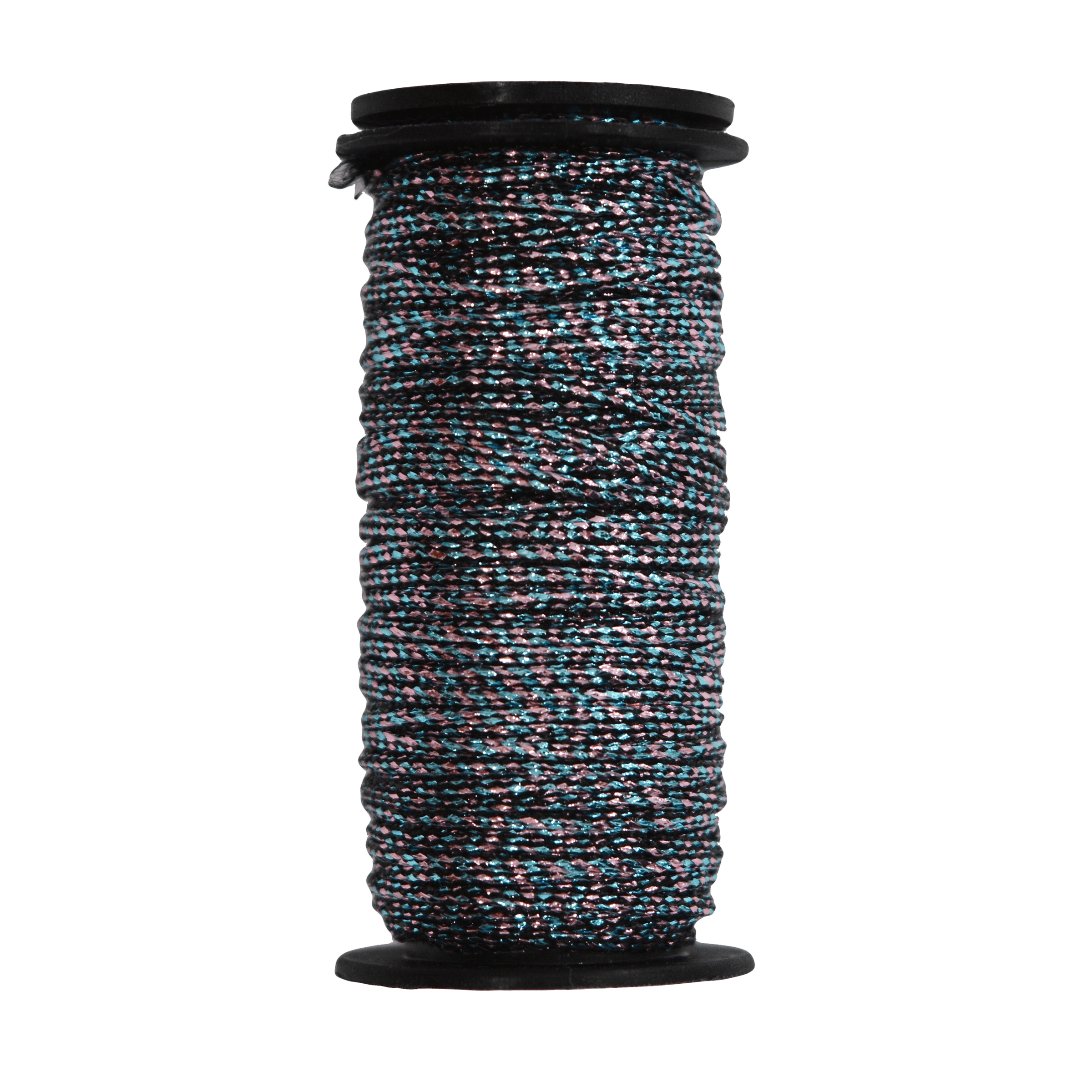
METALLIC 5002 PIXIEDUST — SMSTITCHES
Metallic crystal - Metallic crystals consist of metal cations surrounded by a "sea" of mobile valence electrons (see figure below). These electrons, also referred to as delocalized electrons, do not belong to any one atom, but are capable of moving through the entire crystal.. Diamond is a network solid and consists of carbon atoms.

Granite Crystal Metallic/Brilliant Black Crystal RAM Rebel Picture Thread Page 2 Ram Rebel Forum
Crystal vs Diamond - The Major Differences To the untrained eye, crystals and diamonds can be deceivingly similar. But don't be fooled! In fact, in many major aspects, crystals and diamonds are actually two very different rocks. Color - Crystals come in different colors and transparency

Chemical Elements Carbon
metallic crystal. B. covalent crystal. C. ionic crystal. D. molecular crystal. Easy. Open in App. Solution. Verified by Toppr. Correct option is B) Diamond is a purest form of carbon in which each carbon atom is covalently bonded to four other carbon atoms. Hence diamond is an example of the covalent crystal.

clear, gemstones, black, surface, diamonds, jewels, gems, expensive Piqsels
Optical quality surfaces on non-ferrous materials are commonly produced with single crystal diamond tools and precision turning machines. To add ferrous and brittle materials to the list of diamond turnable materials, a process know as elliptical vibration assisted machining (EVAM) has been developed. EVAM combines a small, less than 50 µm size, oscillatory tool path to the linear motion of.

photo, roundcut, clear, gemstone, diamond, gem, cubic zirconia, jewel Piqsels
Both metallic (Ag) and semiconductor (CdSe/CdS) NPs were pre-synthesized, suspended in colloids and added into the sol-gel reaction medium which was used to fabricate the GHNCs.

Whatnot Crystal live sale Livestream by thatcrystallady crystals_and_gems
Diamond has a more complicated structure than most ionic crystals (Figure \(\PageIndex{5}\)). Each carbon atom is the center of a regular tetrahedron, and the angle between the bonds is 110°.110°.. The valence electrons are essentially free of the atoms and are able to move relatively easily throughout the metallic crystal. Bonding is due.

ULTRAPAN Luxury Polymer Panel Diamond Metallic Gloss ULTRAPAN Luxury Polymer Panel
Pure nonmetals form covalent crystals (e.g., diamond) as do covalent compounds (e.g., zinc sulfide). Ionic Crystals: Electrostatic forces form ionic bonds between atoms with different electronegativity values. A classic example of an ionic crystal is a halite or salt crystal. Metallic Crystals: Metals often form metallic crystals, where some of.
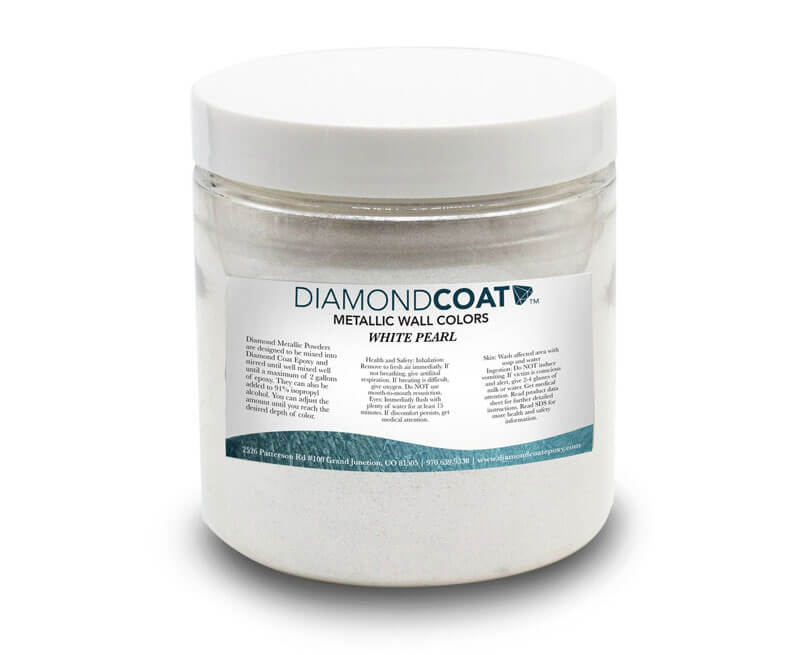
Diamond metallic colour Plaster Shop
These differences reflect differences in strengths of metallic bonding among the metals. Figure 3. Copper is a metallic solid. Covalent Network Solids. Covalent network solids include crystals of diamond, silicon, some other nonmetals, and some covalent compounds such as silicon dioxide (sand) and silicon carbide (carborundum, the abrasive on.
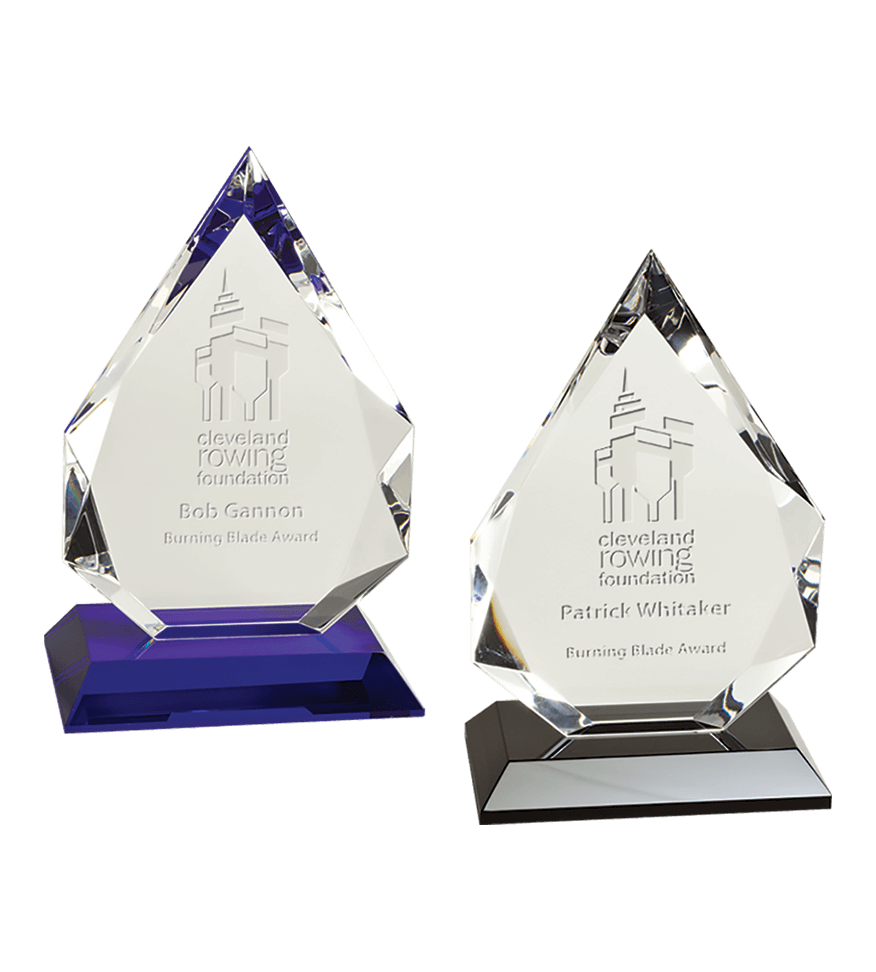
Premier Crystal Diamond Maxwell Medals & Awards
The metallic crystals may be hard or soft. They are excellent conductors of electricity and heat. The material has high luster and reflectivity. These crystals may be malleable and ductile (able to be hammered or pulled.) Metallic crystal may have moderate heats of fusion (transitioning from solid to liquid.)

Metallic Gold 2mm Diamond Victoria Street
Most of the solids are crystalline in structure. Metallic solids like gold. platinum, silver, copper, zinc, etc. are Crystalline Solids. Inorganic salts like sodium chloride, magnesium sulphate, potassium bromide, copper sulphate, caesium chloride, etc. are all crystalline solids. Non-metallic solids like sulphur, phosphorus, iodine are.
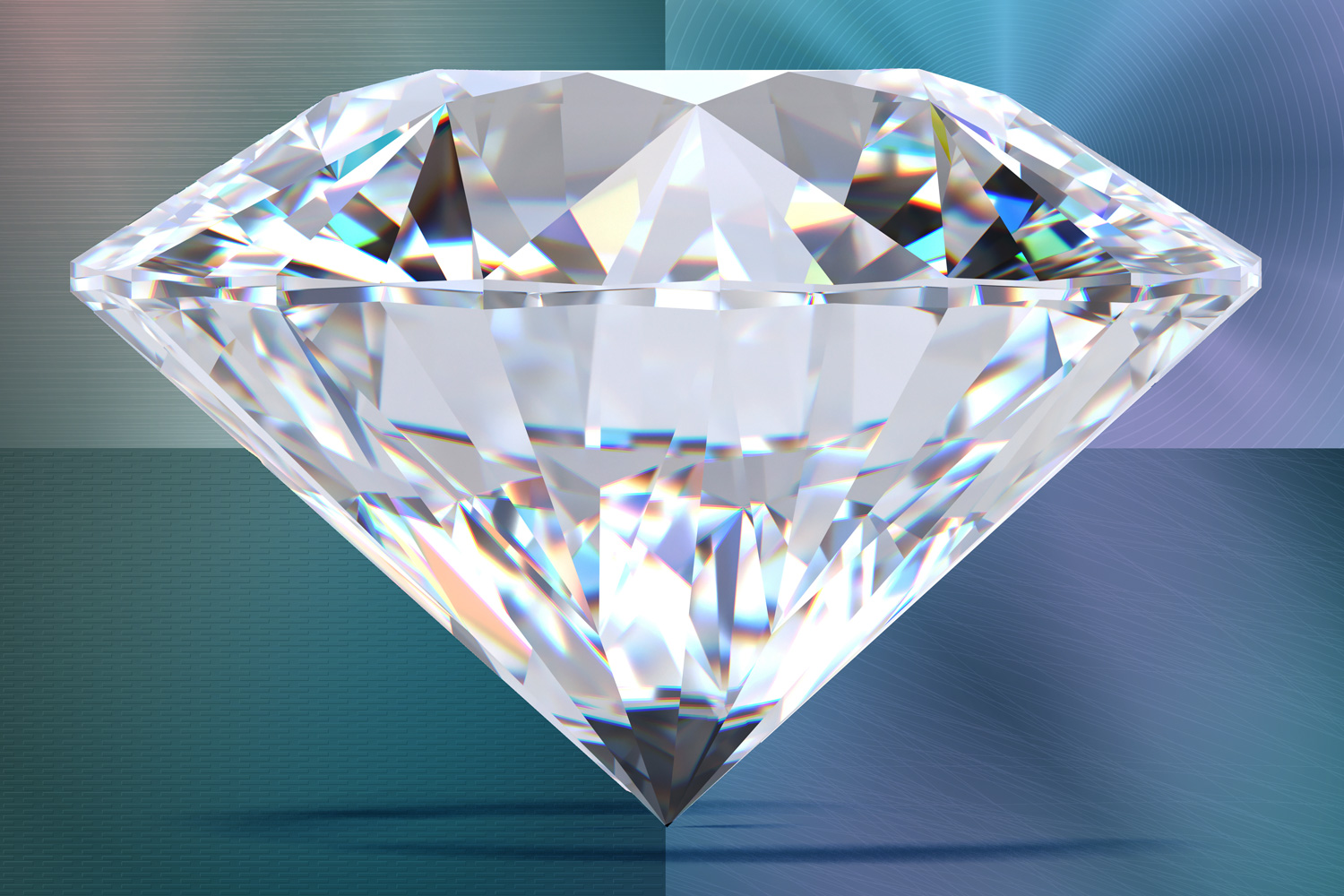
Turning diamond into metal MIT News Topic News
A covalent crystal contains a three-dimensional network of covalent bonds, as illustrated by the structures of diamond, silicon dioxide, silicon carbide, and graphite. Graphite is an exceptional example, composed of planar sheets of covalent crystals that are held together in layers by noncovalent forces.